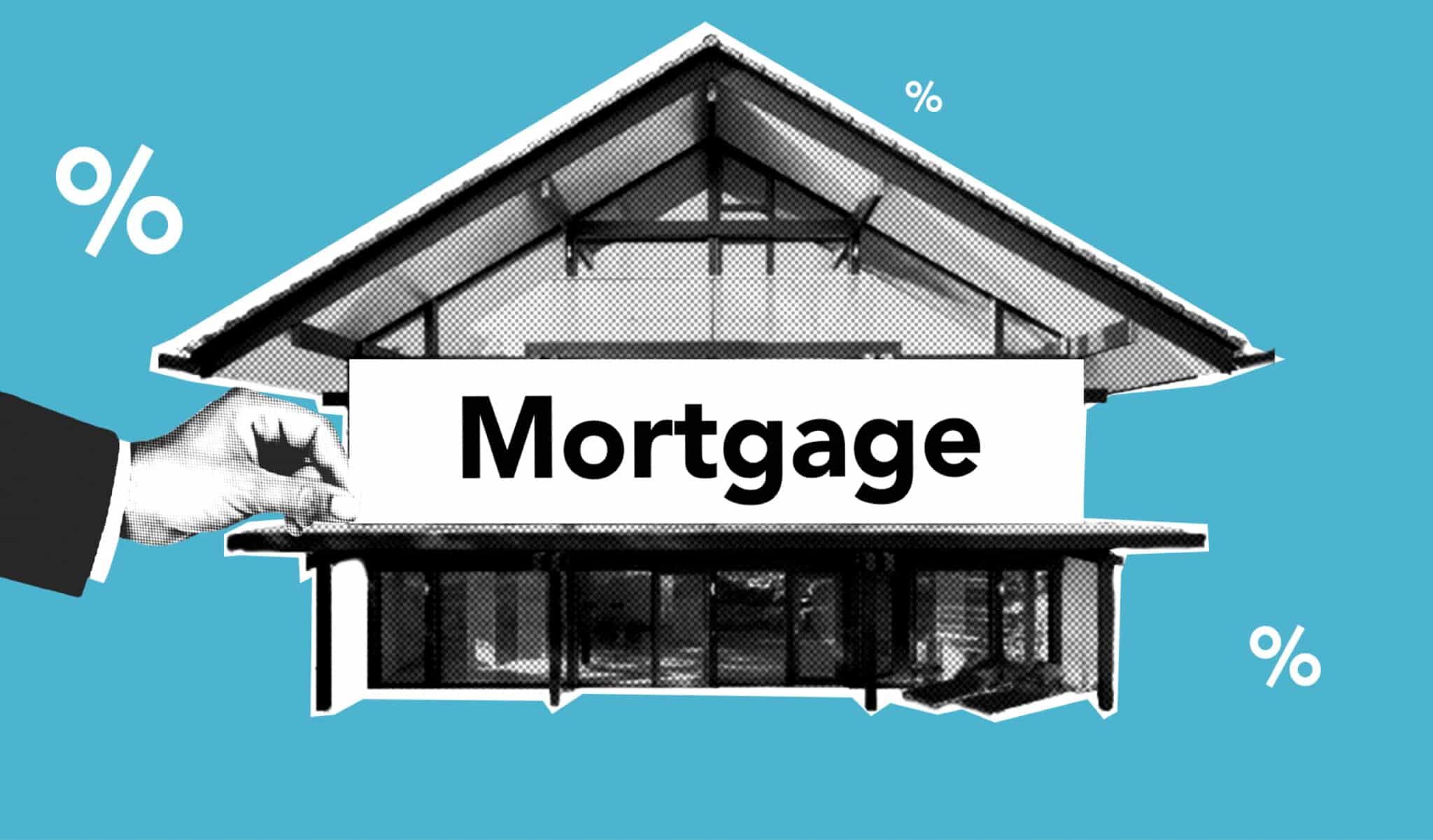Sleep is a critical part of our daily lives, accounting for roughly one-third of our time. However, not all sleep is the same, and one of the most essential stages is REM sleep. During REM (Rapid Eye Movement) sleep, the brain becomes more active, and rapid eye movements occur. Vivid dreaming is also a hallmark of this stage of sleep. While we spend only a small percentage of our total time in REM sleep, its functions are crucial for our physical and mental health. In this article, we will explore what REM sleep is, what happens during this sleep stage, why it matters, and how to optimize it. Understanding REM sleep is vital for anyone looking to improve their overall sleep quality and well-being.
What Is REM Sleep?
REM sleep, or rapid eye movement sleep, is a critical component of the sleep cycle that is essential for overall health and well-being. During REM sleep, the brain is highly active, and the body experiences changes such as rapid eye movements, increased heart rate, and irregular breathing. Understanding REM sleep is crucial for promoting healthy sleep and ensuring that we are getting the restful, restorative sleep we need to thrive.
The importance of understanding REM sleep cannot be overstated. REM sleep is crucial for various aspects of our physical and mental health, including memory consolidation, emotional regulation, and cognitive functioning. Additionally, REM sleep is critical for infants and children, as it plays a crucial role in brain development.
In this article, we will explore the definition of REM sleep, the phases of REM sleep, and what happens during REM sleep. We will also discuss the differences between REM and non-REM sleep, the importance of REM sleep, and the consequences of not getting enough REM sleep. Additionally, we will provide tips for improving REM sleep, such as lifestyle changes and medication options.
By prioritizing healthy sleep habits and understanding the importance of REM sleep, we can promote healthy sleep and ensure that we are getting the restful, restorative sleep we need to feel our best. In the following sections, we will delve deeper into the key aspects of REM sleep and provide tips for improving sleep habits to optimize our overall health and well-being.
Phases of REM Sleep: Onset, Duration, and Termination
There are three phases of REM sleep:
- Onset phase: This phase typically occurs 90 minutes after the onset of sleep and lasts for about 10 minutes. During this phase, the eyes begin to move rapidly, and the body becomes less tense.
- Duration phase: This phase lasts for approximately 20 minutes and is characterized by a high level of brain activity and rapid eye movements.
- Termination phase: This phase marks the end of REM sleep and is characterized by a decrease in brain activity and eye movement.
What Happens During REM Sleep?
During REM sleep, the body is mostly paralyzed, with the exception of minor muscle twitches. The brain becomes more active, and vivid dreams often occur. The following physiological changes occur during REM sleep:
- Increased heart rate and blood pressure
- Increased breathing rate
- Increased brain activity
- Rapid eye movements
- Paralysis of the body’s large muscles
REM Vs. Non-REM Sleep
Non-REM sleep is the stage of sleep that precedes REM sleep. It is divided into three stages:
Stage 1: This is the transition phase from wakefulness to sleep and lasts only a few minutes.
Stage 2: This lasts for approximately 50% of total sleep time and is characterized by a decrease in body temperature and heart rate.
Stage 3: This is the deepest stage of sleep and is characterized by very slow brain waves.
REM Sleep in Infants and Children
REM Sleep in Infants and Children REM sleep is particularly important for infants and children, as it plays a crucial role in brain development. REM sleep facilitates the formation of neural connections in the brain, and infants spend a significant amount of their total sleep time in this stage. Research has shown that infants and young children require REM sleep for the development of visual acuity, motor skills, and social-emotional functioning.
REM Sleep Across the Lifespan
Age-Related Changes and Differences As we age, our sleep patterns and the amount of time we spend in REM sleep change. Infants and young children spend the most time in REM sleep, with the amount of REM sleep gradually decreasing throughout childhood and adolescence. In adulthood, the amount of time spent in REM sleep stabilizes at around 20-25% of total sleep time. However, as we age further, the amount of time spent in REM sleep gradually decreases once again.
Additionally, older adults may experience changes in the quality of their REM sleep. For example, they may experience more frequent awakenings during REM sleep or shorter REM sleep episodes. Age-related changes in cognitive functioning and physical health have been associated with changes in REM sleep patterns.
REM Sleep and Circadian Rhythm
Our circadian rhythm closely links REM sleep with the regulation of sleep-wake cycles. Our circadian rhythm is influenced by various factors, including exposure to light and darkness, physical activity, and social interactions. In turn, our circadian rhythm influences the timing and duration of our REM sleep.
For example, REM sleep typically occurs during the latter part of the night, after a period of deep non-REM sleep. Additionally, the timing of REM sleep is influenced by our exposure to light and darkness. Exposure to bright light in the morning can help regulate the timing of REM sleep, while exposure to artificial light at night can disrupt the timing and duration of REM sleep.
Importance of REM Sleep
REM sleep plays a critical role in our physical and mental health. During REM sleep, the brain is highly active, and our bodies experience changes such as rapid eye movements, increased heart rate, and irregular breathing. Here are some of the key ways in which REM sleep is important for our overall well-being:
Dreaming
REM sleep is often associated with dreaming, and for good reason. During REM sleep, our brains are highly active, and our consciousness is filled with vivid and sometimes bizarre images and experiences. Dreams are thought to serve various purposes, including emotional processing, problem-solving, and creativity.
Emotional Processing
REM sleep is essential for emotional processing, including the regulation and expression of emotions. During REM sleep, the brain processes emotional experiences and memories, which can help us cope with stressful or traumatic events.
Memory Consolidation
REM sleep is crucial for memory consolidation, including the formation of long-term memories. During REM sleep, the brain consolidates and integrates new information and experiences into existing knowledge and memories.
Brain Development
REM sleep is particularly important for brain development, especially in infants and young children. REM sleep is thought to facilitate the formation of neural connections in the brain, which can support various aspects of cognitive functioning, including learning, memory, and attention.
Wakefulness
Preparation REM sleep plays a role in preparing the brain and body for wakefulness. During REM sleep, the brain becomes more responsive to external stimuli, and the body experiences changes that can facilitate the transition from sleep to wakefulness.
Creativity
REM sleep has been linked to creativity, including the generation of new ideas and insights. Research has shown that REM sleep may help us make novel associations between seemingly unrelated ideas and concepts.
Emotional Regulation
REM sleep is important for emotional regulation, including the ability to regulate and express emotions appropriately. REM sleep helps us process and integrate emotional experiences, which can help us cope with stress and maintain emotional balance.
Problem Solving
REM sleep has been linked to problem-solving and creative thinking. Research has shown that REM sleep may help us consolidate and integrate new information, which can facilitate problem-solving and decision-making.
Physical Restoration
REM sleep is crucial for physical restoration, including the restoration of energy and the repair and maintenance of various bodily systems. During REM sleep, the body experiences changes that can facilitate physical restoration and recovery.
REM sleep plays a critical role in our physical and mental health across the lifespan. By understanding the importance of REM sleep, we can prioritize healthy sleep habits and ensure that we are getting the restful, restorative sleep we need to feel our best.
How Much REM Sleep Do You Need?
REM sleep is an essential part of healthy sleep, but how much REM sleep do we actually need? Here are some key considerations when it comes to REM sleep:
Recommended Amount of REM Sleep
Experts recommend that adults get between 20-25% of their total sleep time in REM sleep. For most adults, this translates to around 90-120 minutes of REM sleep per night. However, the amount of REM sleep needed can vary depending on individual factors, such as age and overall health.
Factors That Affect REM Sleep
Various factors can affect the amount and quality of REM sleep we get. These include:
- Sleep disorders such as sleep apnea, which can disrupt sleep and decrease the amount of REM sleep.
- Medications and substances such as alcohol and certain antidepressants, which can interfere with REM sleep.
- Stress and emotional factors, which can affect the quality and quantity of REM sleep.
- Sleep deprivation, which can increase the amount of REM sleep in the subsequent night’s sleep.
How to Measure REM Sleep
Polysomnography and Other Methods Polysomnography is the gold standard for measuring REM sleep. This involves monitoring various physiological parameters during sleep, such as brain waves, eye movements, and muscle activity. Other methods for measuring REM sleep include actigraphy, which measures movement during sleep, and self-reported sleep diaries.
There are also new wearable technologies out in the market such as the Oura Ring and the Whoop band. These aren’t as accurate for measuring sleep as polymonography but can provide great insights into your current sleeping habits.
Individual Variability in REM Sleep
Needs and Patterns Individuals may have varying needs for REM sleep depending on factors such as age, health status, and lifestyle. Additionally, individuals may have varying patterns of REM sleep, with some people experiencing longer and more frequent REM sleep episodes than others.
REM Sleep Disorders
REM sleep behavior disorder and narcolepsy are sleep disorders specifically associated with REM sleep. Narcolepsy causes excessive daytime sleepiness and episodes of uncontrollable sleep. REM sleep behavior disorder is a disorder in which individuals act out their dreams during REM sleep, sometimes causing injury to themselves or others.
Understanding the amount and patterns of REM sleep we need is important for maintaining healthy sleep habits. By prioritizing healthy sleep habits and seeking treatment for any sleep disorders or disruptions, we can ensure that we are getting the restful, restorative sleep we need to feel our best.
Consequences of Not Getting Enough REM Sleep
REM sleep is crucial for our physical and mental well-being, and not getting enough of it can have significant consequences. Here are some of the key ways in which a lack of REM sleep can impact our health:
Effects on Mental Health
Sleep deprivation and a lack of REM sleep have been linked to various mental health issues, including:
- Depression: REM sleep contributes to regulating and processing emotions, and researchers have linked a lack of REM sleep to an increased risk of depression.
- Anxiety: Sleep deprivation and a lack of REM sleep can increase feelings of anxiety and stress.
- PTSD: Processing and integrating traumatic experiences requires REM sleep, and a lack of REM sleep increases the risk of developing PTSD.
Effects on Physical Health
‘A lack of REM sleep can also have physical consequences, including:
- Cognitive Impairment: REM sleep is important for learning, memory, and attention, and a lack of REM sleep can impair cognitive function.
- Motor Impairment: REM sleep is important for motor function and coordination, and a lack of REM sleep can impair motor skills.
- Social Impairment: A lack of REM sleep can lead to irritability, mood swings, and decreased social functioning.
Sleep Disorders Associated With REM Sleep
Certain sleep disorders are specifically associated with REM sleep, such as:
- Narcolepsy: Narcolepsy causes excessive daytime sleepiness and sudden, uncontrollable episodes of sleep, often accompanied by vivid dreams and rapid eye movements.
- REM Sleep Behavior Disorder: REM sleep behavior disorder is a disorder in which individuals act out their dreams during REM sleep, sometimes causing injury to themselves or others.
REM sleep is absolutely crucial for our overall health and well-being, and not getting enough of it can have significant consequences. By prioritizing healthy sleep habits and seeking treatment for any sleep disorders or disruptions, we can ensure that we are getting the restful, restorative sleep we need to feel our best.
Improving Your REM Sleep
Getting enough sleep is essential for overall health and well-being, but what can we do to improve our REM sleep? Here are some lifestyle changes and medications that may help:
Lifestyle Changes for Better Sleep
- Exercise: Regular exercise can help improve the quality and quantity of REM sleep. However, it’s important to avoid exercising too close to bedtime, as this can interfere with sleep.
- Diet: A healthy diet can also help improve REM sleep. Eating a balanced diet with plenty of fruits, vegetables, whole grains, and lean protein can promote healthy sleep patterns.
- Stress Reduction: Managing stress is crucial for healthy sleep, including REM sleep. Practicing relaxation techniques such as yoga, meditation, or deep breathing can help reduce stress and improve sleep quality.
Medications and Supplements
- Melatonin: The pineal gland in the brain produces melatonin, a hormone that helps regulate the sleep-wake cycle. Taking a melatonin supplement may help improve REM sleep, especially for individuals who have difficulty falling asleep.
- Antidepressants: Some antidepressants, such as selective serotonin reuptake inhibitors (SSRIs), can improve REM sleep. However, it’s important to talk to a healthcare provider before starting any new medication, as they can have potential side effects and interactions with other medications.
Making lifestyle changes such as exercising regularly, eating a healthy diet, and managing stress can help improve REM sleep. Additionally, certain medications and supplements, such as melatonin and antidepressants, may also be helpful. However, it’s important to talk to a healthcare provider before starting any new medication or supplement. By prioritizing healthy sleep habits and seeking appropriate treatment, we can ensure that we are getting the restful, restorative sleep we need to feel our best.
What Are Good Sleep Habits?
Getting good quality sleep is essential for overall health and well-being. Here are some tips for developing good sleep habits:
Overview of Good Sleep Habits
- Consistent sleep schedule: Try to go to bed and wake up at the same time every day, even on weekends.
- Relaxing bedtime routine: Establish a relaxing bedtime routine to help signal to your body that it’s time for sleep.
- Comfortable sleep environment: Make sure your bedroom is cool, dark, and quiet, with a comfortable mattress and pillows.
Importance of Good Sleep Habits
Good sleep habits are important for overall health and well-being, including:
- Improved mood: Getting enough quality sleep can help improve mood and reduce symptoms of depression and anxiety.
- Better cognitive function: Good sleep habits can also help improve cognitive function, including memory, attention, and decision-making.
- Improved physical health: Research suggests that good sleep habits may reduce the risk of various health issues, including obesity, diabetes, and cardiovascular disease.
Sleep Environment and Sleep Hygiene
- Temperature: Keep your bedroom cool, ideally between 60-67 degrees Fahrenheit.
- Light: Minimize exposure to bright lights before bedtime, and consider using blackout curtains or an eye mask to block out light.
- Noise: Use earplugs or a white noise machine to block out noise that may disrupt sleep.
- Comfort: Invest in a comfortable mattress and pillows that support your sleeping position.
Developing good sleep habits is crucial for overall health and well-being. To get the best sleep, establish a consistent schedule, create a comfortable environment, and seek support and resources.
Conclusion
In conclusion, understanding REM sleep is crucial for promoting overall health and well-being. In this article, we explored the definition of REM sleep, its phases and what happens during REM sleep, and the differences between REM and non-REM sleep. We also discussed the importance of REM sleep, including its role in dreaming, emotional processing, memory consolidation, brain development, and wakefulness preparation.
Additionally, we discussed the recommended amount of REM sleep, factors that affect REM sleep, and the consequences of not getting enough REM sleep. We also provided tips for improving REM sleep, such as lifestyle changes and medication options.
Establishing good sleep habits, such as creating a comfortable sleep environment and tracking sleep patterns, is also crucial for promoting healthy sleep and overall well-being. By prioritizing healthy sleep habits, we can ensure that we are getting the restful, restorative sleep we need to feel our best.
In closing, it is important to prioritize sleep as a crucial aspect of overall health and well-being. By understanding the importance of REM sleep and establishing good sleep habits, we can promote healthy sleep and ensure that we are getting the restful, restorative sleep we need to thrive.
If you found this article on understanding REM sleep informative, check out our other articles on health and wellness. We provide information on nutrition, exercise, and mental health to help you live a healthy and fulfilling life. Keep reading for more tips and insights to help you reach your health goals.





